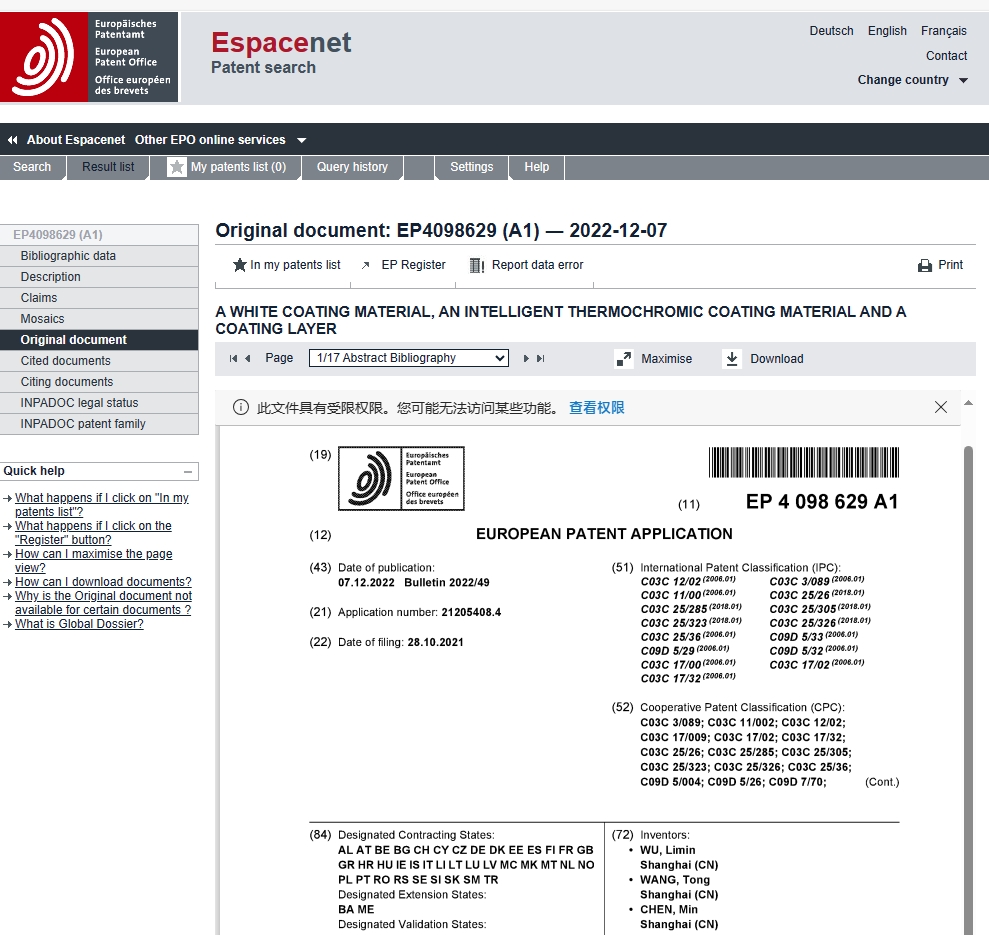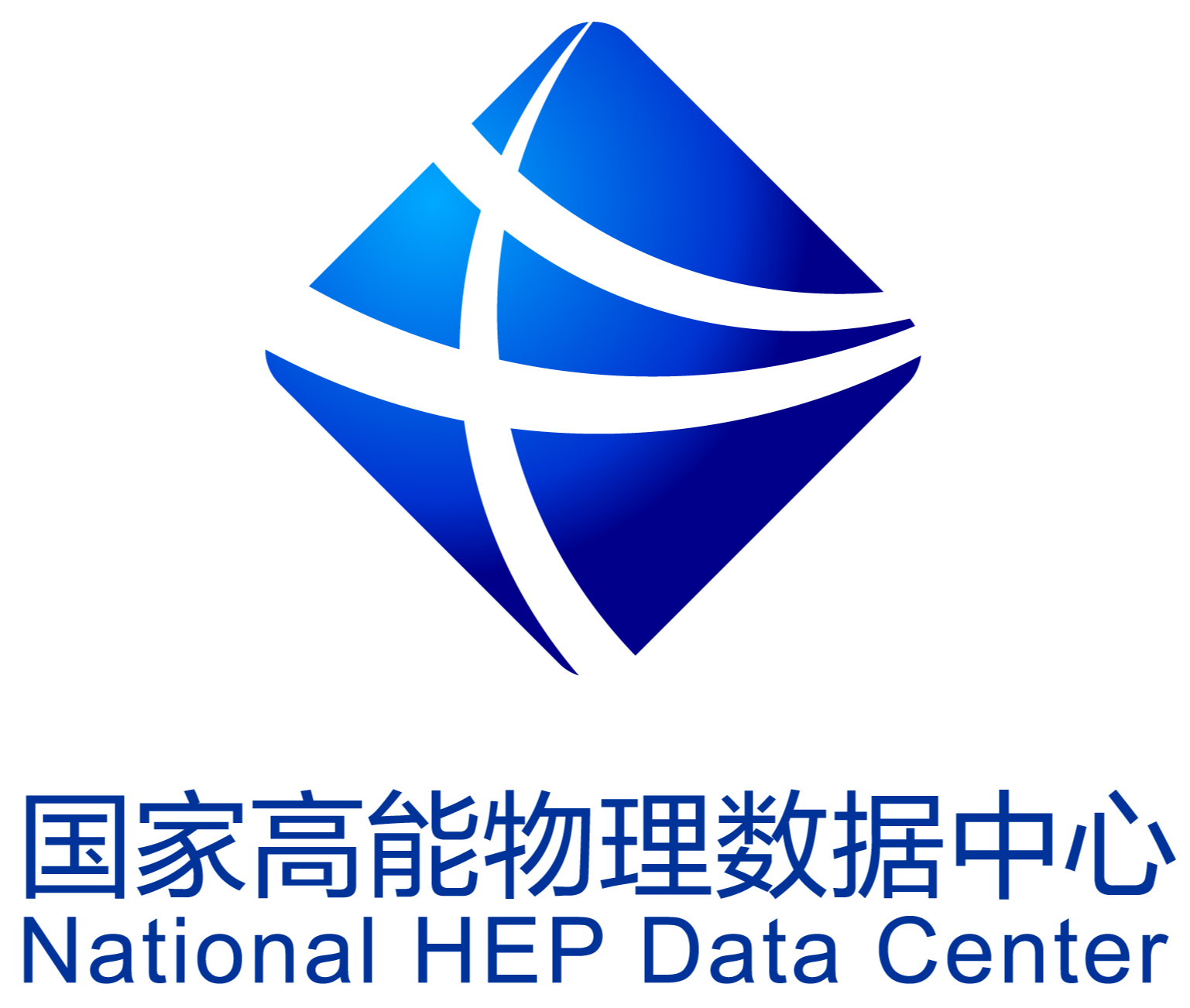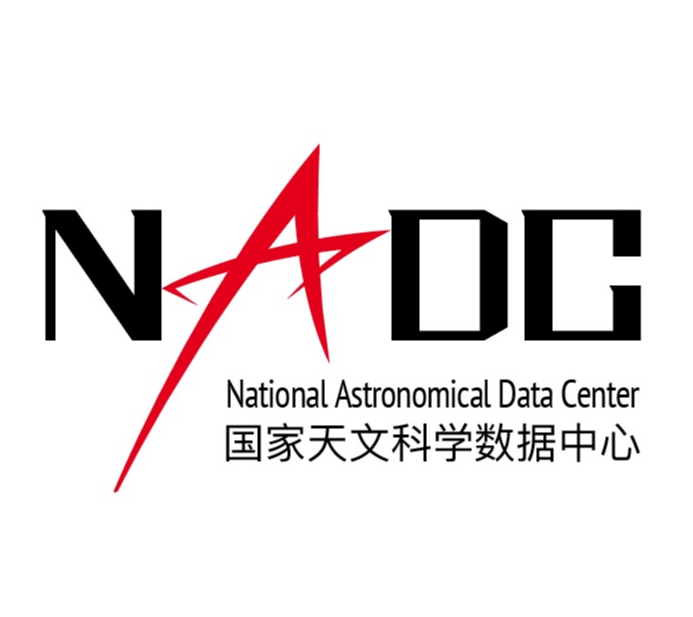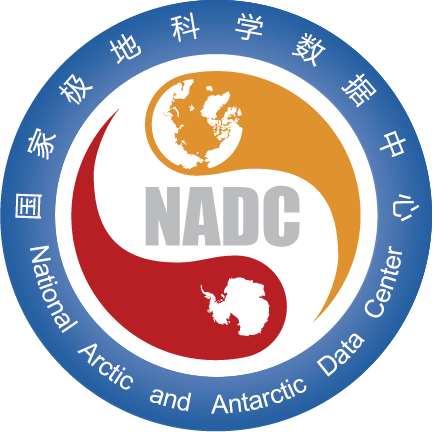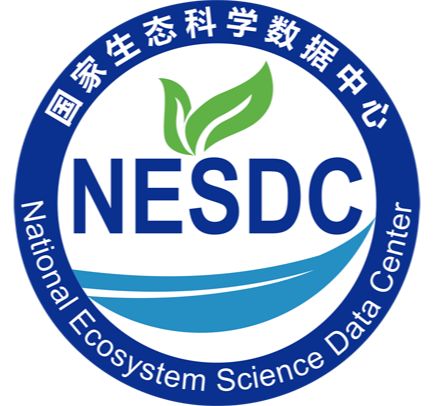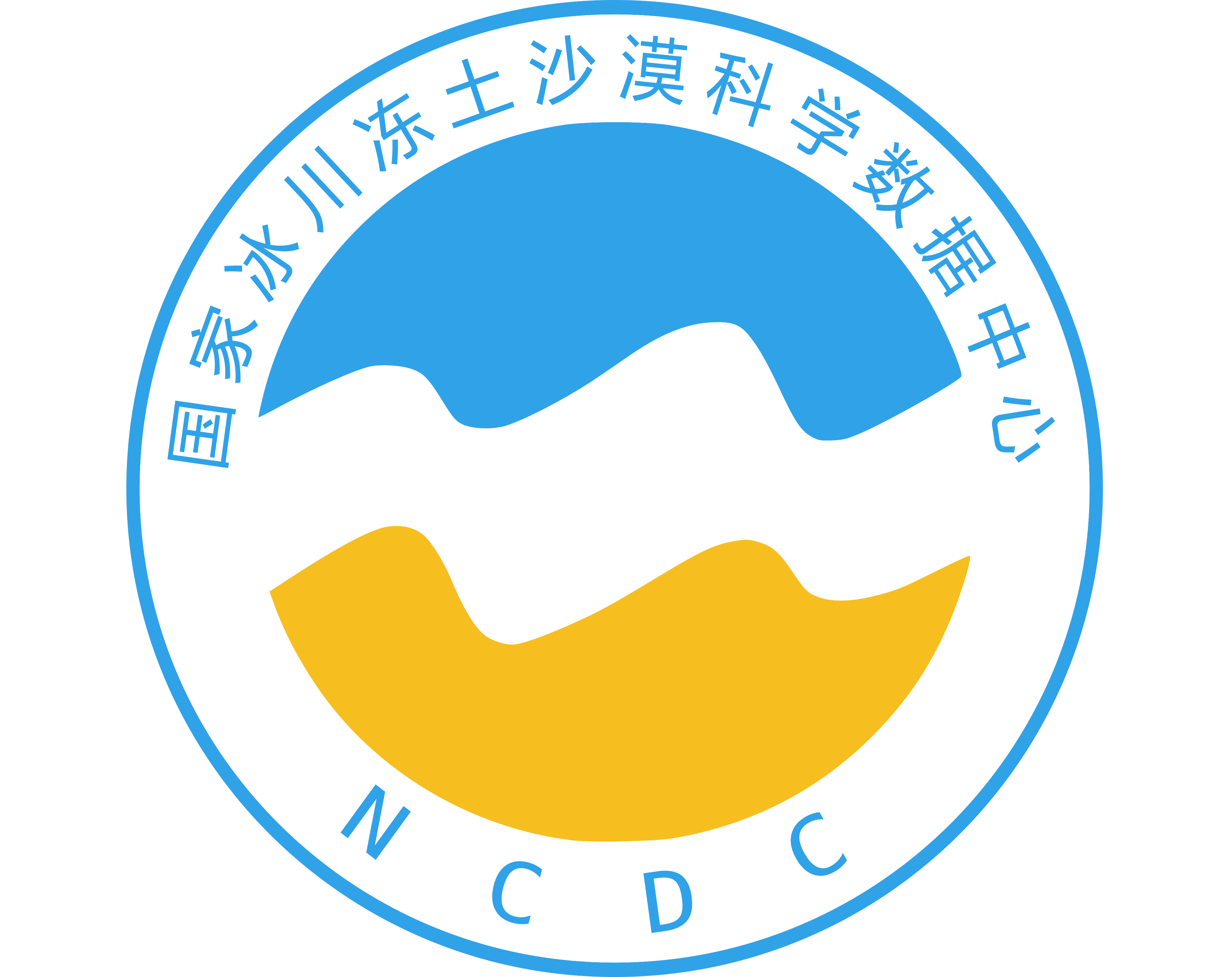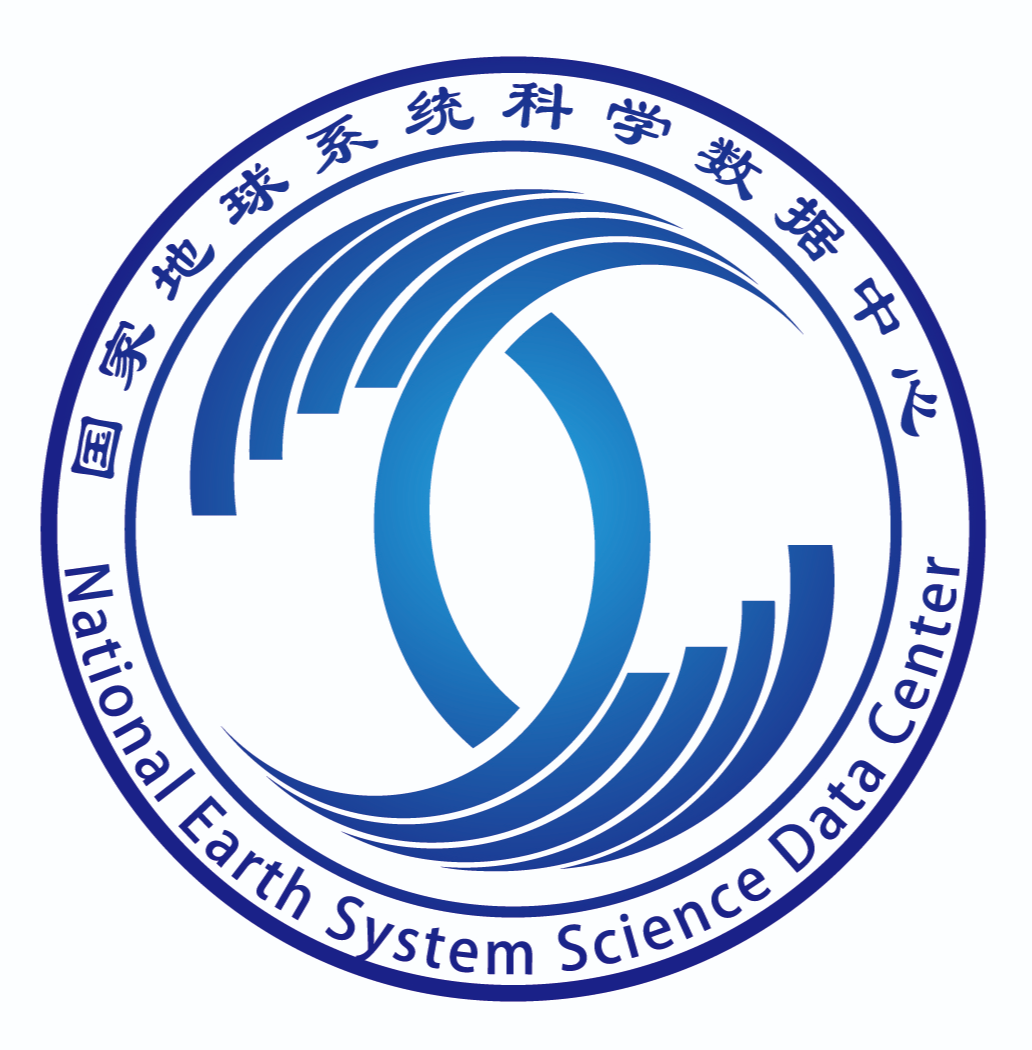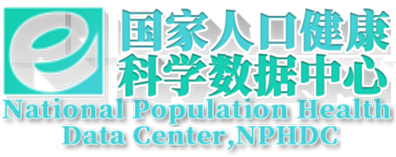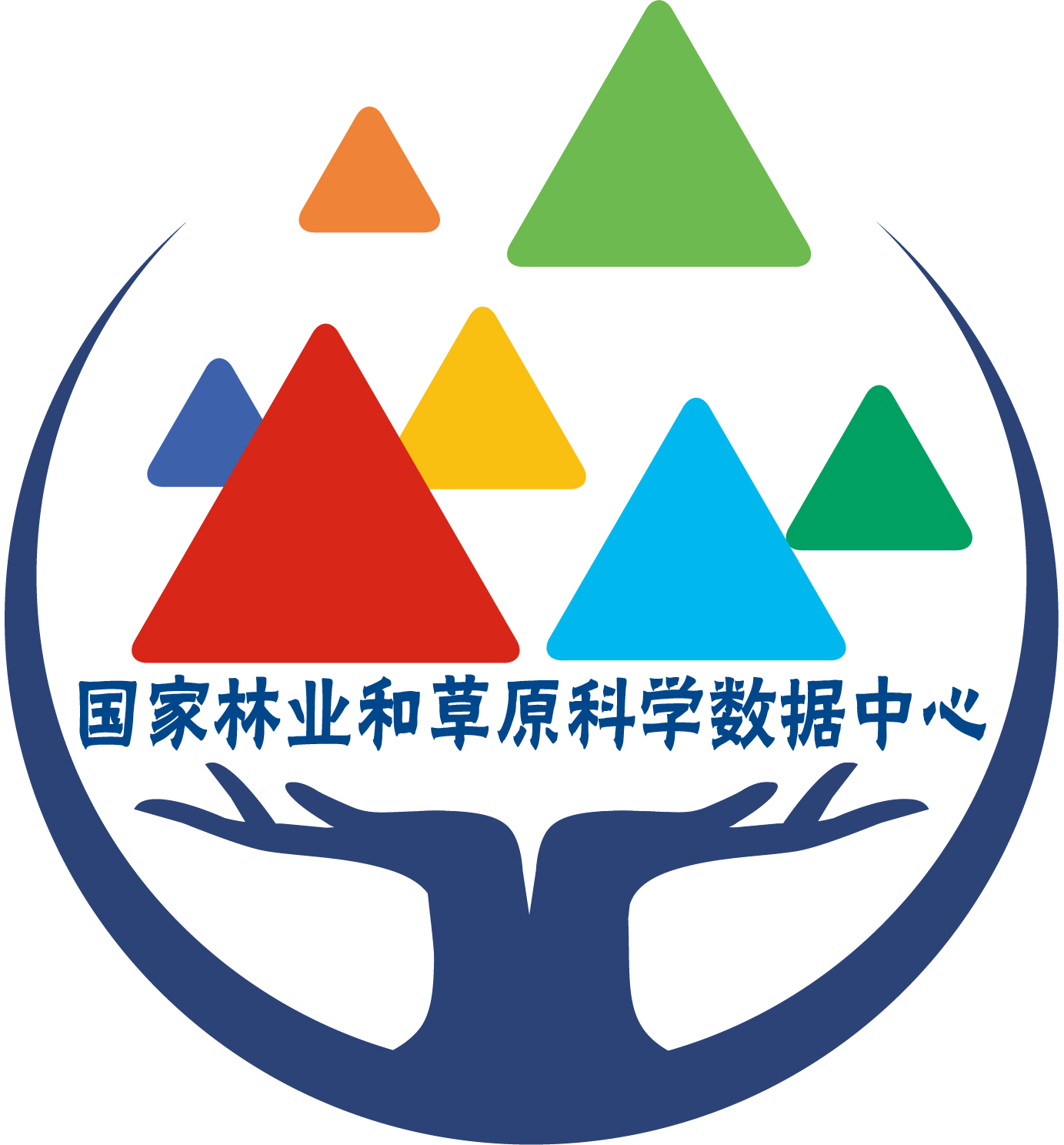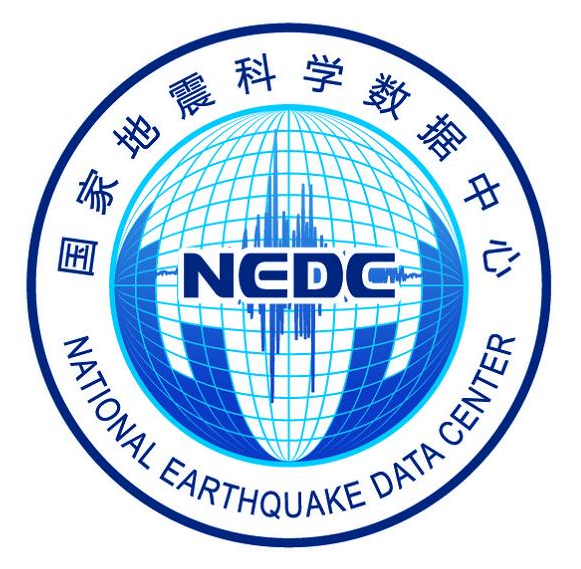Titanium dioxide (TiO2) has very important application value in industries such as coating layers, plastics, paper, ink, chemical fiber, rubber, ceramics, cosmetics and etc. because of its high refractive index, good whiteness and brightness, and excellent hiding power and tinting power. However, there are also a series of problems: (1) the price of titanium dioxide is relatively high and has been rising successively in recent years. The supply chain is continuously under tension due to the exuberant downstream demand. (2) The production process of titanium dioxide often causes a lot of environmental pollution. (3) Titanium dioxide's inherent absorption of ultraviolet light and violet light makes the overall solar reflectance low, which hinders its application in building cooling. (4) On February 18th, 2020, the European Union officially issued an official authorization regulation (CLP Regulation (EC) No. 1272/2008), classifying TiO2 as a category 2 suspected carcinogen (by inhalation), which will have a huge impact on titanium dioxide and its upstream and downstream industries. Therefore, it is urgent to find a cheap, environmentally friendly substitute with good optical performance for titanium dioxide.
In recent years, daytime passive radiant cooling (PDRC) technology has attracted widespread attention from researchers because of its potential to reduce or replace traditional electric refrigeration systems. Some advanced PDRC designs show excellent cooling performance, but they often require the use of complex and expensive processing equipment in the production process, which is not suitable for large-scale promotion. Therefore, research and development of PDRC materials that are simple, economical, efficient, and can be produced on a large scale are currently a major challenge.


